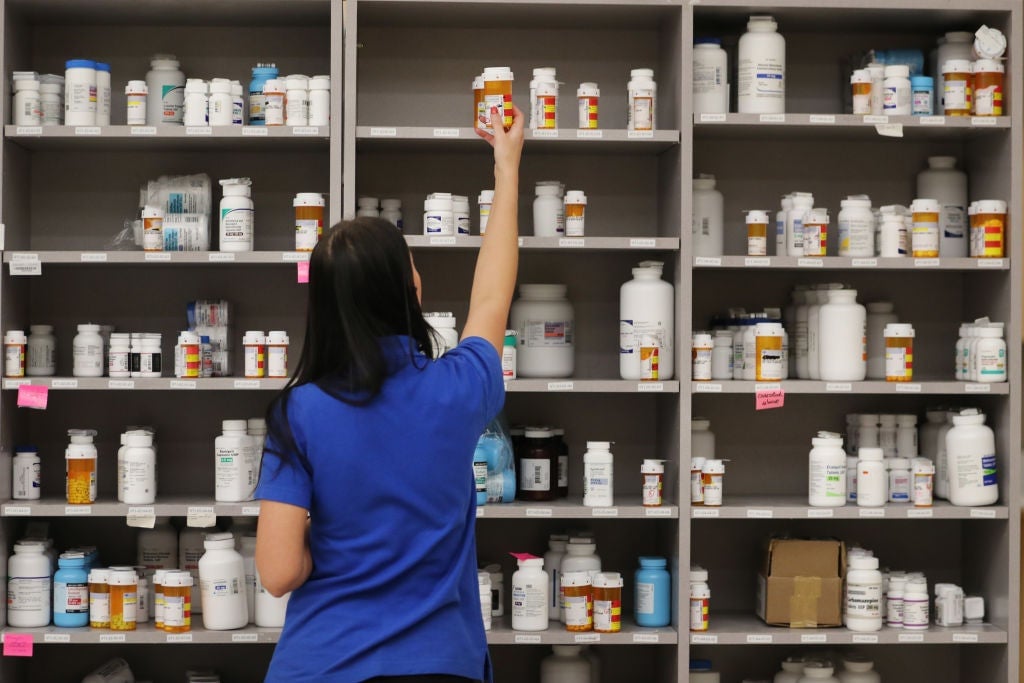Eli Lilly stock sinks as pharma misses out on the market rally
Trump signed an executive order to limit some drug prices, pressuring pharma on an otherwise bullish day for stocks

Pharma companies were mostly left out of the stock market’s broader rally Monday morning on the news that President Donald Trump would sign an order lowering some drug prices.
Suggested Reading
A surprise trade agreement between the U.S. and China on Monday morning sent stocks soaring. The Dow Jones Industrial Average, the S&P 500, and the Nasdaq were all up 2.5% or more in the first 30 minutes of trading. But pharmaceutical stocks weren’t invited to the party, after Trump said Sunday night that he would sign an executive order lowering drug prices in the United States. Trump signed the order Monday morning.
Related Content
Shares of Eli Lilly (LLY) were down 2% Monday morning, even after a new study found the company’s weight loss drug, Zepbound, beat Novo Nordisk’s Wegovy in a head-to-head trial. Novo Nordisk (NVO) was down 1.9% Monday morning. Johnson & Johnson (JNJ) was down 0.4%, while Novartis (NVS) was down 0.5%. Pfizer (PFE) was a rare pharma bright spot, up 2.2%.
“Prescription Drug and Pharmaceutical prices will be REDUCED, almost immediately, by 30% to 80%. They will rise throughout the World in order to equalize and, for the first time in many years, bring FAIRNESS TO AMERICA!” Trump posted to his Truth Social app on Sunday night.
The president wrote that under a new “Most Favored Nations Policy,” the U.S. would pay the same price as the nation that pays the lowest price. He said he would sign the executive order on Monday.
Trump followed that up with a post Monday morning claiming that drug prices would be reduced by 59%, though he didn’t specify how he arrived at that number.
Americans often pay much higher prices for drugs than people in other nations. A committee found last year that the net cost of Ozempic, for example, was $600 per month in the U.S., compared to $92 in the U.K. and $59 in Germany.
